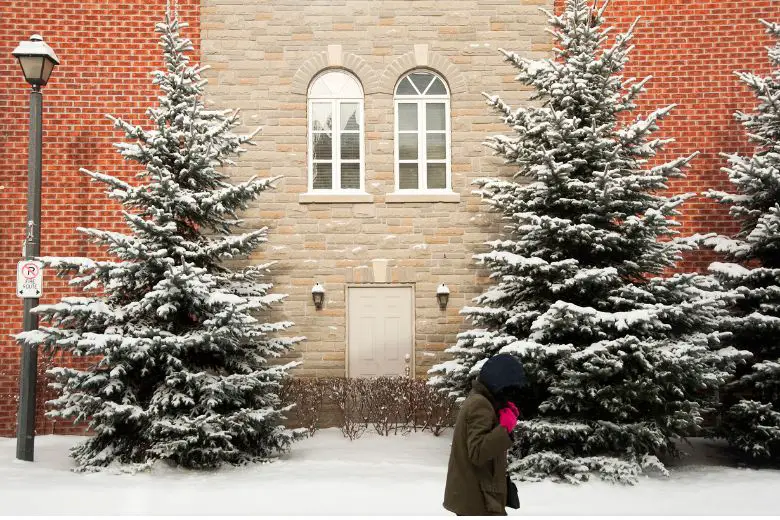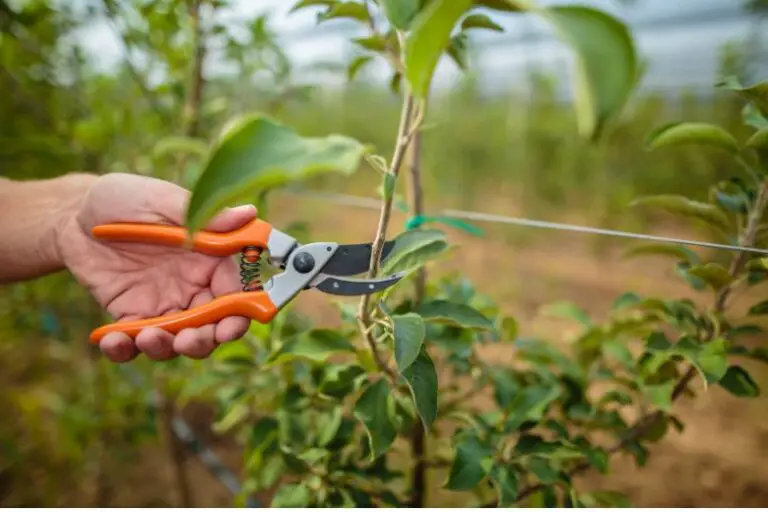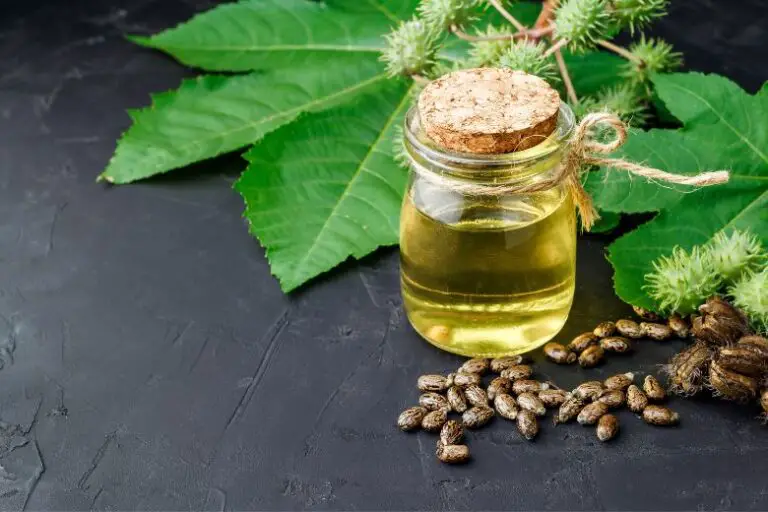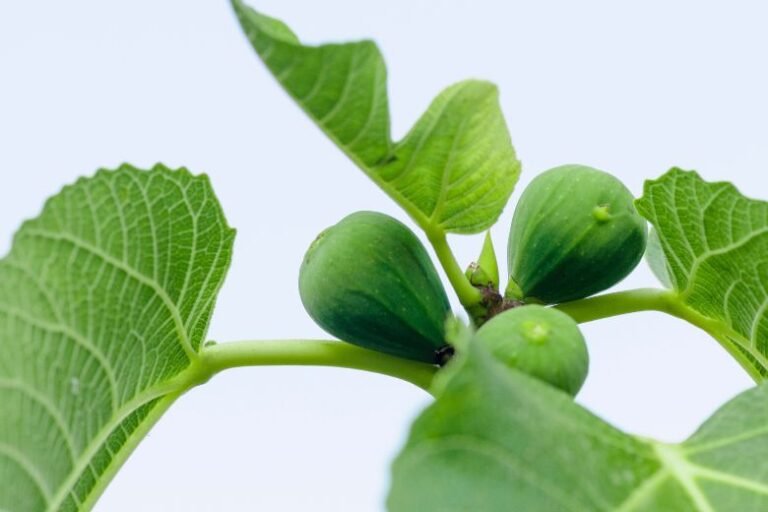How Often Should Pine Trees in Urban Areas Be Watered
Pine trees, with their majestic beauty and ability to improve air quality, are a valuable addition to urban areas. However, the environmental conditions in cities can be harsh, affecting the health and well-being of these trees.
One of the critical factors in ensuring the survival of pine trees in urban environments is providing them with adequate water. In this article, we will explore the best practices for watering pine trees in urban areas, taking into consideration factors such as climate, soil type, and tree age.
The Importance of Pine Trees in Urban Areas
Pine trees play a vital role in urban environments, enhancing the aesthetic appeal of parks, streets, and neighborhoods. Besides their visual beauty, they also contribute to the overall well-being of the ecosystem. Pine trees absorb carbon dioxide and release oxygen, making them excellent air purifiers. Moreover, they provide shade during hot summers, reducing the urban heat island effect and improving the microclimate for both humans and wildlife.
Factors Affecting Pine Tree Watering Frequency
Climate
The climatic conditions of an urban area significantly influence the watering needs of pine trees. In hot and arid regions, trees may require more frequent watering to prevent dehydration. Conversely, in cooler and more humid climates, the watering frequency can be reduced.
Soil Type
The type of soil in which the pine trees are planted affects water retention and drainage. Sandy soils tend to drain water quickly, requiring more frequent watering. In contrast, clay soils retain water for longer periods, necessitating less frequent watering sessions.
Tree Age and Size
Younger pine trees have smaller root systems and are more vulnerable to drying out. As a result, they may require more frequent watering compared to mature trees with well-established root networks.
Signs of Underwatering and Overwatering Pine Trees
It is crucial to identify signs of both underwatering and overwatering to ensure the trees’ health.
Underwatering signs may include:
- Wilted or drooping needles
- Yellow or brown needles
- Premature needle drop
Overwatering signs may include:
- Yellowing of needles
- Soft, mushy bark
- Fungal growth around the trunk
Watering Techniques for Pine Trees in Urban Areas
Watering Schedule
Establishing a proper watering schedule is essential for the well-being of pine trees. Young trees generally require more frequent watering, while mature trees can thrive with less frequent sessions. Watering should be done during the early morning or late afternoon to minimize water loss due to evaporation.
Deep Root Watering
Deep root watering is a technique that involves delivering water directly to the tree’s root zone. This method encourages deep root growth, making the tree more resilient to drought conditions.
Mulching
Applying a layer of mulch around the base of the tree helps retain soil moisture, regulates soil temperature, and prevents weed growth. Mulching is especially beneficial for pine trees in urban areas where soil compaction is common.
Environmental Considerations
Water Conservation
Conserving water is a responsibility that every urban dweller should take seriously. Implementing water-saving practices, such as using efficient irrigation systems and collecting rainwater, can help sustain pine trees and the overall environment.
Using Rainwater
Rainwater harvesting can be an excellent source of water for pine trees. Setting up rain barrels or using rain gardens allows urban tree owners to utilize natural precipitation effectively.
Best Practices for Pine Tree Care
Regular Inspection
Frequent inspection of pine trees helps detect any signs of stress or disease early on. Identifying issues promptly allows for timely intervention and can prevent severe damage.
Pruning and Trimming
Pruning dead or diseased branches helps the tree allocate its resources more efficiently. Proper trimming also improves air circulation and reduces the risk of pest infestations.
Fertilization
Fertilizing pine trees with suitable nutrients strengthens their resistance to environmental stressors and supports healthy growth.
Conclusion
Pine trees are an asset to urban areas, providing numerous environmental and aesthetic benefits. To ensure their longevity and well-being, proper watering practices are essential. Understanding the factors that influence watering frequency, identifying signs of distress, and adopting eco-friendly watering techniques will help pine trees thrive even in bustling cityscapes.







